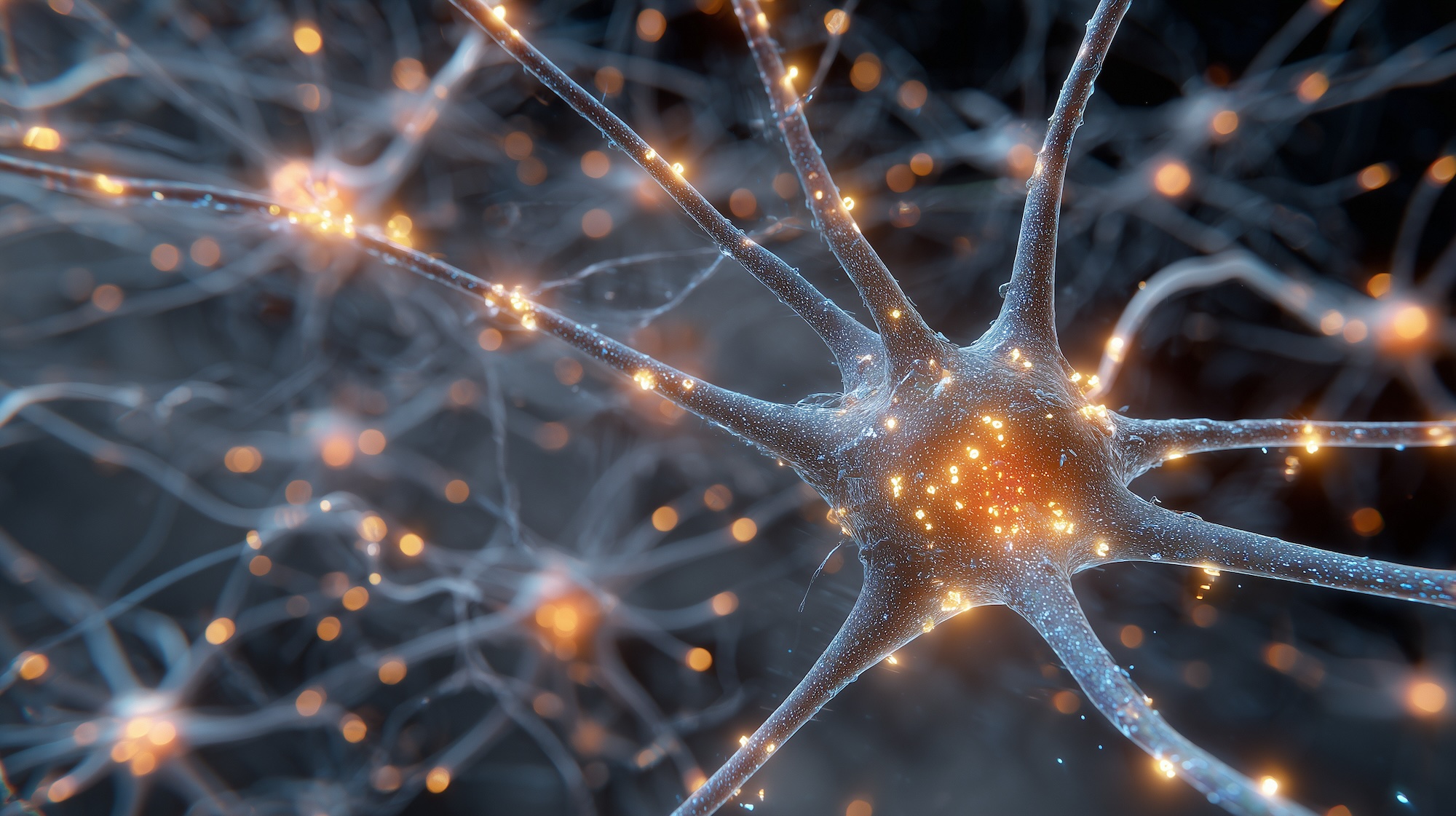We all know how easy it can be to put on a few extra pounds in the Winter months.
This has often been attributed to holiday food indulgence mixed with a lack of physical activity.
Because who really wants to go for a run in the frigid Winter weather?
But new research from scientists at the University of Alberta indicates that there may be another factor driving the increase in your waistline this time of year.
The Power of Sunlight
This breakthrough research inadvertently discovered that the fat cells just beneath the skin actually shrink when exposed to the high intensity blue-light wavelengths of the sun.
Lead researcher, ironically named Peter Light, explains that “when the sun’s blue light wavelengths — the light we can see with our eye — penetrate our skin and reach the fat cells just beneath, lipid droplets reduce in size and are released out of the cell. In other words, our cells don’t store as much fat.”
He adds that “if you flip our findings around, the insufficient sunlight exposure we get eight months of the year living in a northern climate may be promoting fat storage and contribute to the typical weight gain some of us have over winter.”
This has dramatic implications for not only how we treat obesity related diseases such as diabetes and heart disease, but in our overall understanding of cellular biology and role light plays in our health.
The Discovery
Light is a professor of pharmacology and the director of U of Alberta’s Alberta Diabetes Institute. Light and his team were initially attempting to treat diabetes by bioengineering adipocytes (fat cells) to create insulin.
During their experiments they noticed that the cells seemed to be very responsive to light.
According to Professor Light, the results were “serendipitous.”
“We noticed the reaction in human tissue cells in our negative control experiments, and since there was nothing in the literature, we knew it was important to investigate further,” recounted Light.
Although this is definitely not the first research to show how light can impact human physiology, it is some of the first definitive evidence that sunlight may cause weight loss.
Light and Health
There is already an existing literature on the effects of light on the human body, namely the wake/sleep cycle which is known as the circadian rhythm.
It is becoming more well known that, when used at night, the blue wavelength light emitted from the screens of electronics such as computers, tablets, smartphones, and TVs can suppress the “sleepiness hormone” melatonin thus disrupting the quality of sleep.
This is because the screens of our devices emit large amounts light in the blue-spectrum which is normally most prominent in the middle of the day. Our brains get the signal that it is noon and therefore down-regulate melatonin and up-regulate wakefulness hormones such as cortisol.
Professor Light explains that “you are not supposed to look at digital devices before bed because they emit the same blue light the sun does, that signals us to wake up.”
There is also research showing that red and infrared spectrum light can help with things like healing wound healing and skin rejuvenation by stimulating collagen production.
Additionally, there is compounding research showing that prolonged exposure to fluorescent lights can have negative effects on health, particularly for the brain.
It seems that we are in the early days of a renaissance in science and health regarding light.
And the research shows that artificial light from technologies like tanning beds do not have the same positive effect as sunlight.
According to Light, “we think that that great big nuclear reactor in the sky, the sun, is what’s required. We need really intense light to actually penetrate the skin.”
This is because while only one to five percent of blue light is able to penetrate through the skin to reach the fat cells, the extreme strength of the sun can accomplish this with relatively limited exposure.
Still the Early Days
Although the evidence is strong, Professor Light cautions against using sunlight for weight loss quite yet.
“Maybe this mechanism contributes to setting the number of fat cells we produce in childhood — thought to stay with us into adulthood,” said Light. “Obviously, there is a lot of literature out there suggesting our current generation will be more overweight than their parents and maybe this feeds into the debate about what is healthy sunshine exposure.
“Our initial first observation certainly holds many fascinating clues for our team and others around the world to explore.”
“It’s early days, but it’s not a giant leap to suppose that the light that regulates our circadian rhythm, received through our eyes, may also have the same impact through the fat cells near our skin.”
References
https://www.nature.com/articles/s41598-017-16689-4
https://www.sciencedaily.com/releases/2018/01/180110113007.htm
http://www.cbc.ca/news/canada/edmonton/sun-university-alberta-weight-fat-cells-study-1.4483245
http://www.independent.co.uk/life-style/health-and-families/winter-weight-gain-sunlight-study-loss-university-of-alberta-a8155016.html
https://globalnews.ca/news/3956655/winter-weight-gain-sunlight-university-of-alberta/
Check Out More Keto Articles Join Our Keto Group


















Comments are closed.